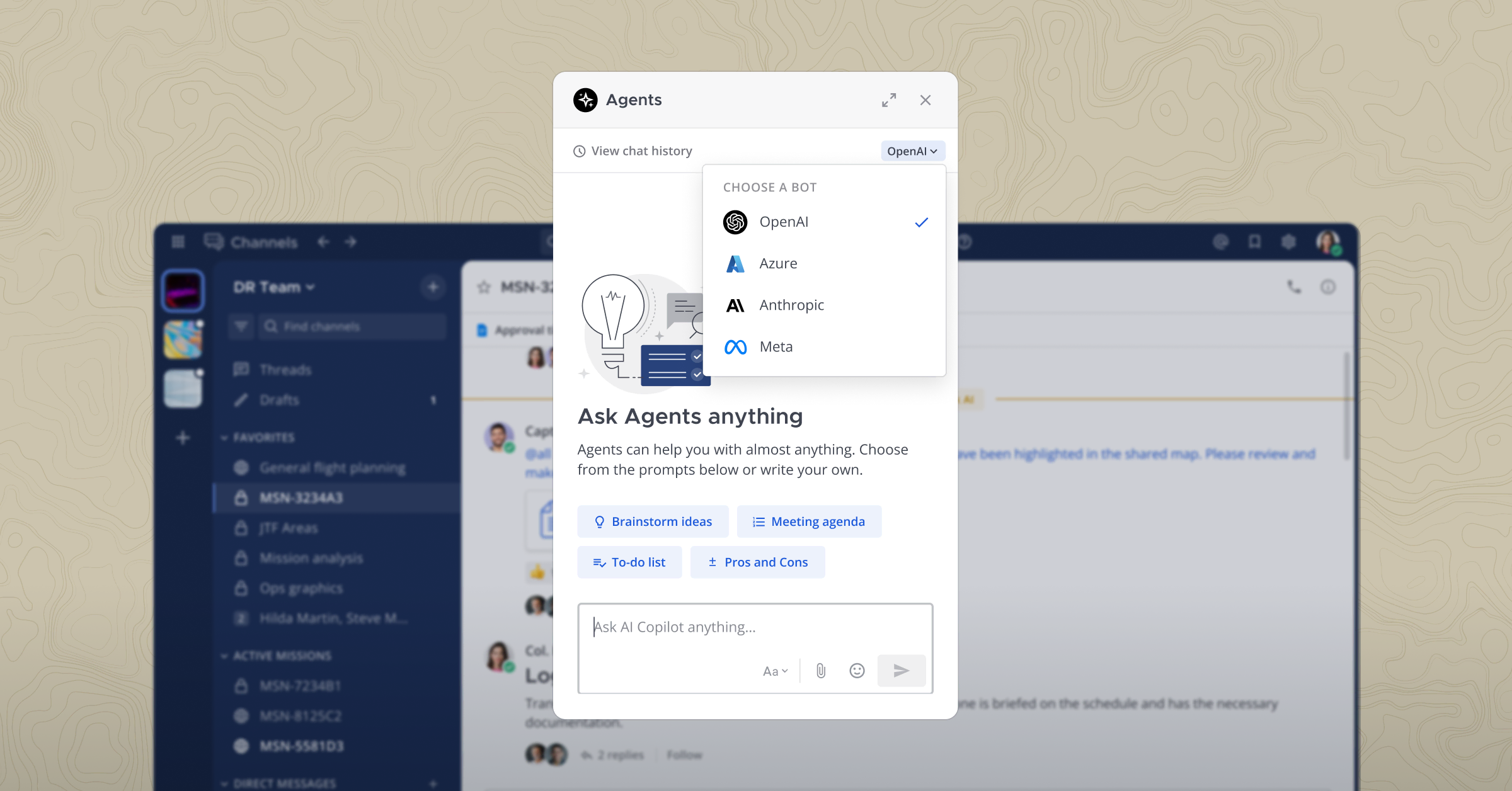
6 Things You Can Do Right Now to Make Your Remote Team More Productive
Remote work has existed for decades as an alternative to the traditional in-office work environment. When it first became a viable option—people have been working remotely since the dawn of email in 1971 and before via telephone—distributed work was often met with trepidation by companies and employees alike. In recent years, however, working remotely, “working from home,” and other similar terms have become commonplace.
Fast-forward to March 2020, when the COVID-19 global pandemic began to change nearly everything about how we work together. Working remotely is no longer considered esoteric or fringe; it has become a major part of the day for most of us in an incredibly short span of time.
The benefits of streamlined remote collaboration
Our collective ability to adapt to remote work has been a silver lining in these challenging and unprecedented times. Businesses across all industries have worked tirelessly to accommodate stay-at-home orders without having to pause or cease operations, and in some cases, processes have been drastically altered to achieve this.
At the center of all of this is remote collaboration, and many people (both employees and employers alike) are just now beginning to understand how productive remote workforces can be with the right approach.
Organizations can benefit from wider recruitment opportunities, higher employee retention rates, and reduced overhead. Employees are often able to achieve a better work-life balance and enhanced productivity when they’re able to work remotely.
But remote work is not without its own unique challenges. Managing projects, tracking tasks and closing open loops all require a different workflow than what is true in an in-person office environment. Employees might find difficulty settling into the right balance between work and personal life when working from home, and may need help creating a sustainable daily routine.
How to foster a better remote collaboration environment
No matter what things end up looking like in a “post-COVID” world, it’s very likely that remote work will continue to play a key role in the modern workforce.
Want to empower your remote team to collaborate more effectively? Here are a few ways to enhance your daily workflow when working remotely, no matter where you or your teammates happen to be located.
1. Establish clear boundaries and expectations
While remote work gives employees more freedom and flexibility in their day, it’s all too easy for remote workers to experience burnout. Without regular face-to-face interaction, they can easily feel isolated and out of the loop. This can lead not only to lower morale but also a drop in productivity.
Establishing clear boundaries and expectations is a crucial first step in managing a remote workforce. You may want to plan a daily or weekly check-in to ensure everyone remains on the same page and that none of your colleagues fall behind. Encourage your team to carve out time for breaks each day, and to set recurring 1-on-1s with the people they might regularly grab coffee with in the office.
2. Embrace asynchronous communication
One of the key advantages of remote work is that the team has greater flexibility, but it can also be a major challenge—especially for teams working across multiple time zones.
What might have been a quick “grab a few people” kind of meeting in the office now requires jumping through logistical hoops.
What does asynchronous communication look like?
First, write everything down! Taking a detail-oriented, “documentation-first” approach can be immensely helpful in terms of keeping everyone on the same page and having something to refer back to if necessary. Recurring team meetings (e.g., weekly or biweekly) can serve as an excellent base to start from when trying to streamline communication.
While asynchronous comms is key to remote work, establishing a regular cadence of how and when people will sync up with each other can add a great deal of clarity and structure to the week. It’s also a good idea to bring everyone in the organization together at least once a month for an “all hands on deck” catch-up meeting, during which current and future goals and successes can be discussed and elaborated on at length.
3. Document all processes and procedures
“Tribal knowledge” is a common challenge faced in DevOps and can put newer team members at an acute disadvantage when allowed to go unchecked; it’s one of the quickest paths to information siloing and can be difficult to stop once it picks up momentum.
One way to nip this problem in the bud is to list out all processes and procedures in clear, concise documentation, and to make it easily available for referencing at any point in time.
This allows people to get the information they need without having to rely on pinging other team members who may be too busy to help at the time and can contribute to a more efficient workflow overall.
4. Encourage virtual social spaces to connect and unwind
Social interaction between colleagues plays a huge role in promoting positive company culture. One of the biggest losses for remote teams is the ability to catch-up and unwind together in the same physical space throughout the workweek.
Collaboration platforms don’t have to be all business all the time. They can also provide a great opportunity to connect with teammates.
At Mattermost, our team has created a number of social spaces to provide opportunities for the team to relax and get to know each other. Whether that’s chatting about weekend plans, sharing the latest baking project on a social channel or taking time for a group meditation, yoga, or cooking session together, taking opportunities to bond as a team helps foster better communication between team members.
5. Celebrate wins as a team
One of the biggest differences between in-office and remote work environments is that a lot of the action tends to happen “behind the scenes” in the latter.
As the team moves from project to project from their respective homes, it can be challenging to remember to stop and celebrate wins together. As a result, the hard work that members of the team do can go unnoticed.
Look for opportunities to call attention to successes and accomplishments of both the team as a whole and individuals. Dedicate a few minutes to every All Hands meeting to recognize team members who have gone above and beyond that month. Include a virtual “launch party” in planning major product launches and give everyone the opportunity to relax together after all of their hard work is done.
6. Identify technical challenges for your team
As a fully remote company, we’ve learned firsthand through years of trial and error at Mattermost how using the right tools can effectively reduce external noise and help empower teams to stay laser-focused on whatever the task at hand may be. Nothing takes a team out of their flow like a dropped video call or a clunky project collaboration dashboard.
Collaboration software must work for and with the user as opposed to introducing additional, unnecessary hurdles that ultimately result in frustration and productivity loss.
While swapping out tools can be a major undertaking, starting the process by taking a look at how your team collaborates and where they’re experiencing problems can help you identify where an investment makes sense.
Learn more about creating a successful remote work environment
Mattermost has long held the belief that working remotely can and should become the norm for professionals across nearly all industries, with devs being no exception.
To learn more about why remote work is so valuable and what your team can do to be successful, check out this episode of What Matters, featuring Mattermost’s CTO and co-founder Corey Hulen.




